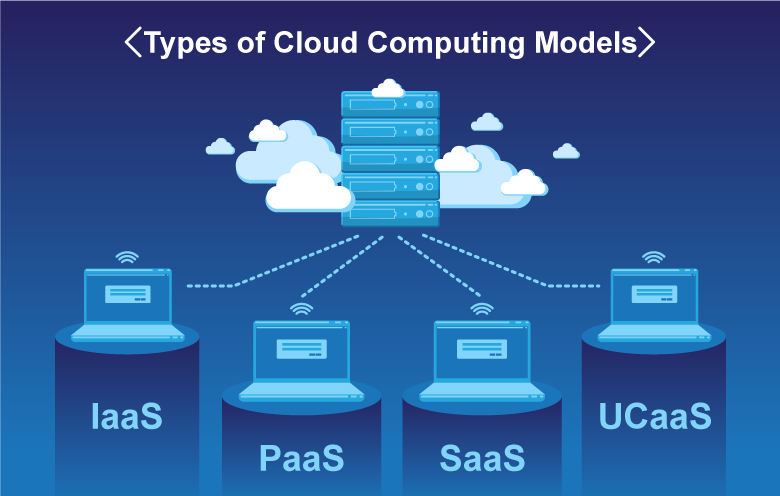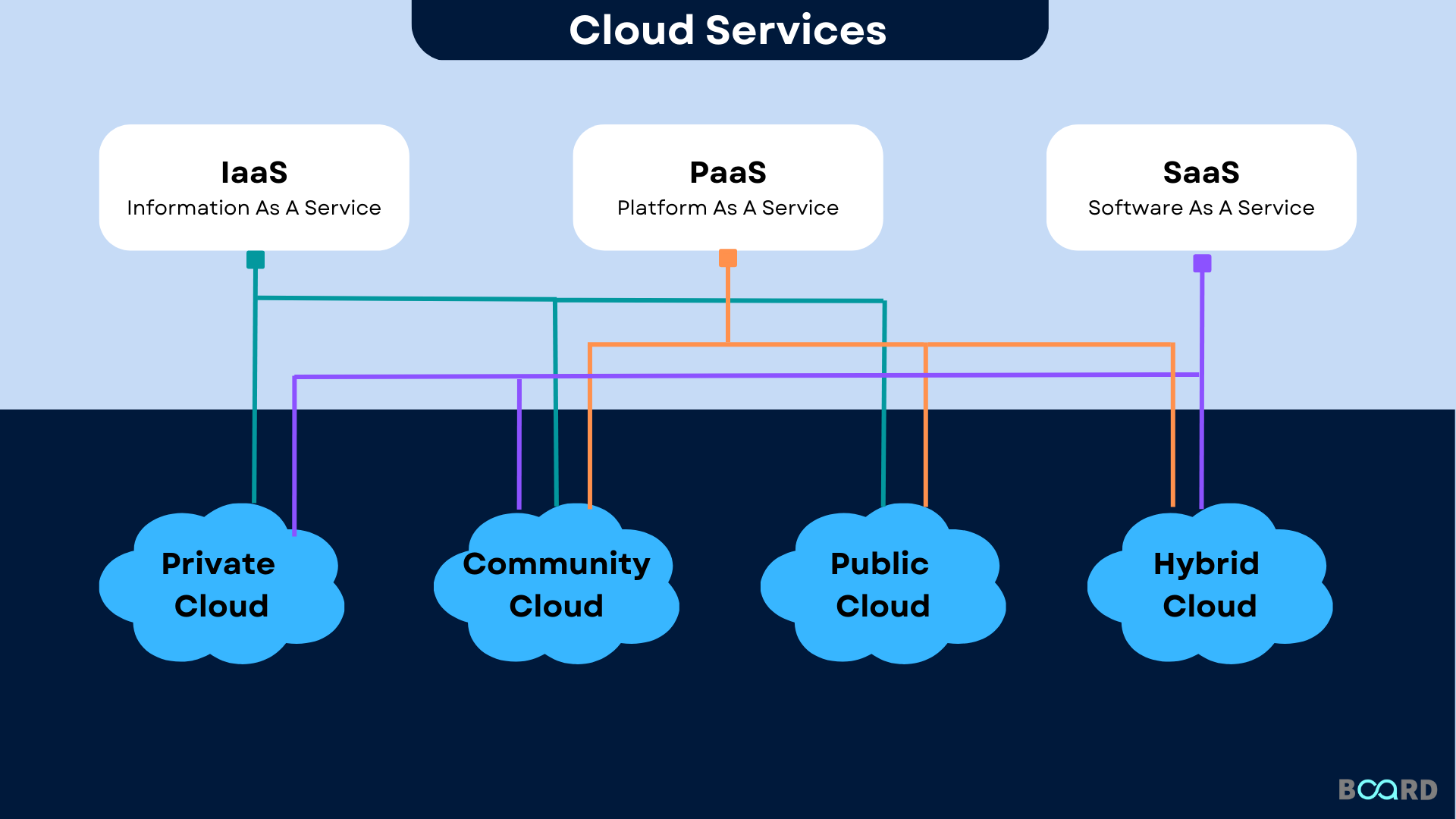LinkDaddy Cloud Services Decoded: Insider Insights into Universal Cloud Service Advancements
LinkDaddy Cloud Services Decoded: Insider Insights into Universal Cloud Service Advancements
Blog Article
Simplify Your Infrastructure With Cloud Services
As businesses navigate the ever-evolving landscape of technology and information administration, the function of cloud services in simplifying framework has actually ended up being significantly prominent. Just how can organizations effectively browse this change and truly open the potential of cloud services for simplifying their facilities?
Benefits of Cloud Provider
Cloud services supply a streamlined strategy to handling IT facilities, supplying businesses with adaptability, scalability, and cost-efficiency. One of the vital benefits of cloud services is the scalability they use. Organizations can conveniently scale their sources up or down based upon demand, guaranteeing they only spend for what they utilize. This adaptability is specifically advantageous for companies with rising and fall demands or those experiencing development.
In addition, cloud services get rid of the demand for services to purchase pricey software and hardware. This cost-efficiency is a considerable advantage, specifically for tiny to medium-sized business wanting to decrease upfront prices. By utilizing cloud solutions, organizations can access high-quality IT resources without the substantial cost connected with typical infrastructure setups.
Additionally, cloud solutions offer organizations with the flexibility to access their data and applications from anywhere with a net link. This level of availability boosts cooperation among groups, enables remote work, and boosts total productivity. The versatility used by cloud solutions empowers companies to adjust promptly to changing market conditions and client needs.
Price Cost Savings and Scalability
In enhancement to the operational advantages highlighted previously, the integration of cloud services into a company's facilities produces considerable expense financial savings and boosted scalability. Cloud solutions supply a pay-as-you-go model, enabling organizations to scale resources up or down based on existing needs, consequently staying clear of the costs linked with preserving excess capability. This flexibility makes it possible for firms to adapt promptly to varying needs without incurring unnecessary expenses.
In addition, cloud services eliminate the demand for upfront investments in software and hardware, decreasing capital investment. Operating budget are additionally minimized as companies no much longer require to take care of and keep physical servers, resulting in lower power usage and IT staffing costs. In addition, cloud solutions offer automated updates and upkeep, making sure that the infrastructure stays safe and secure and current without needing hands-on treatments.
Enhanced Protection Steps
Carrying out rigorous security measures is paramount when integrating cloud solutions right into a firm's infrastructure to make certain and safeguard sensitive data compliance with market regulations. Cloud service companies provide enhanced security features such as data file encryption, firewall program protection, and multi-factor authentication to mitigate cybersecurity risks.
Moreover, normal security audits and compliance analyses aid determine susceptabilities and ensure adherence to market criteria. Companies can likewise take advantage of attributes like computerized safety and security updates and real-time danger surveillance offered by cloud provider. By focusing on protection procedures and staying aggressive in addressing possible risks, businesses can with confidence take advantage of cloud solutions my site while securing their valuable information from unapproved access or violations.
Transitioning to Cloud Framework
To effectively incorporate cloud solutions into a firm's infrastructure, an organized approach that resolves the shift in the direction of cloud-based remedies is critical. Transitioning to cloud framework includes cautious planning and execution to make sure a smooth movement procedure. The very first step is to examine the present facilities and identify which applications and systems are ideal for movement to the cloud. This assessment ought to think about elements such as information level of sensitivity, compliance demands, and efficiency needs.
When the assessment is full, a movement approach ought to be established. This technique ought to describe the timeline, sources, and duties for relocating each element to the cloud. It is important to interact this strategy plainly to all stakeholders to make sure positioning and decrease disruptions throughout the shift.
During the migration procedure, testing and tracking are important to determine and attend to any type of problems quickly. Regular checkpoints need to be established to track progression and make essential modifications. Additionally, training for staff members on utilizing cloud solutions ought to be given to make certain an effective change and optimize the benefits of the brand-new facilities.
Finest Practices for Cloud Adoption
Effective adoption of cloud solutions depends upon the tactical placement of service objectives with technological capabilities and organizational readiness. To guarantee a smooth shift to the cloud, organizations should begin by conducting a detailed assessment of their present infrastructure and recognizing which work are best suited for cloud movement. It is essential to involve vital stakeholders from various divisions in the decision-making process to get buy-in and address any kind of problems beforehand.
Another finest technique for cloud fostering is to focus on safety and conformity. Organizations should carefully evaluate the safety and security measures supplied by cloud provider and make sure that their data is shielded according to sector standards and read this regulative demands. Applying robust data file encryption, accessibility controls, and regular safety audits can help mitigate dangers connected with cloud adoption.

Verdict

As companies browse the ever-evolving landscape of modern technology and information administration, the duty of cloud solutions in simplifying framework has come to be increasingly popular - cloud services press release. Just how can businesses properly navigate this change and truly unlock the possibility of cloud services for simplifying their infrastructure?
Cloud services supply a structured approach to handling IT facilities, providing businesses with scalability, cost-efficiency, and flexibility. By using cloud solutions, companies can access top notch IT resources without the hefty price tag associated with typical facilities setups.
To ensure a smooth change to the cloud, companies must begin by carrying out a comprehensive analysis of their present infrastructure and identifying which workloads are best fit for cloud migration.
Report this page